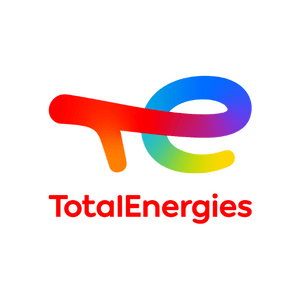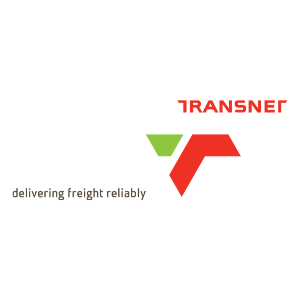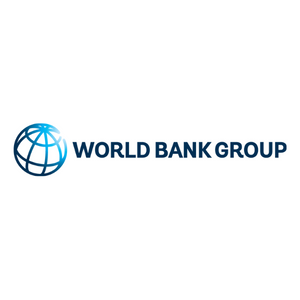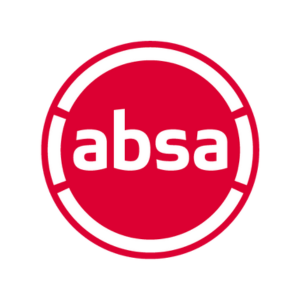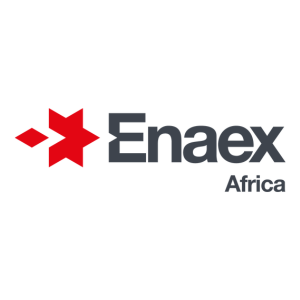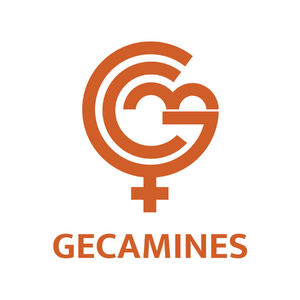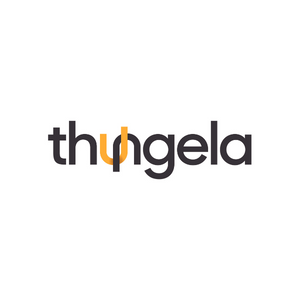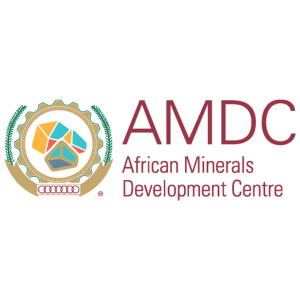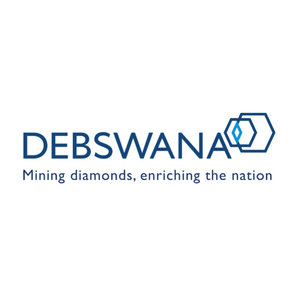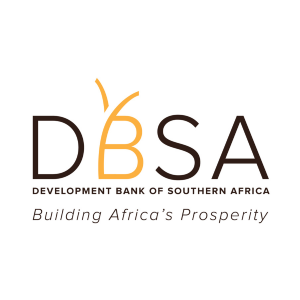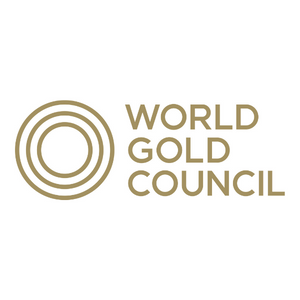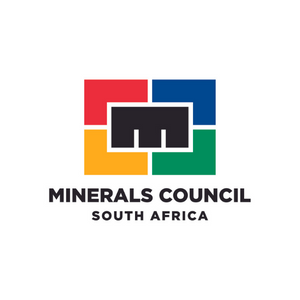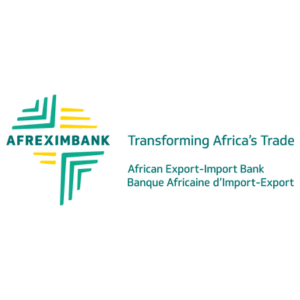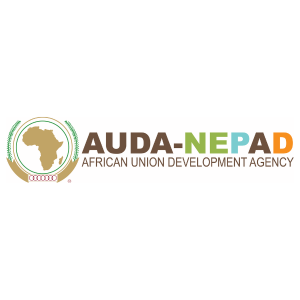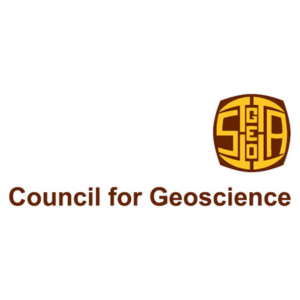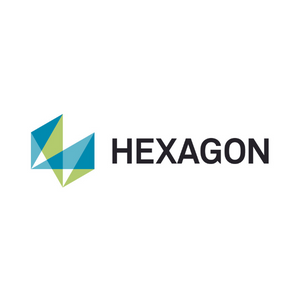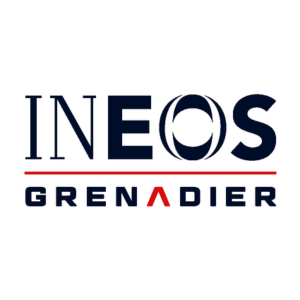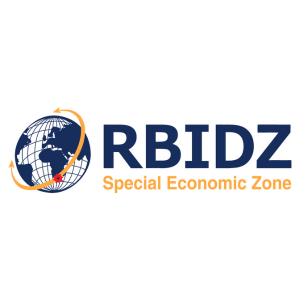Murray Hill gives an update on Marenica Energy's latest developments in Namibia
| Following Marenica Energy’s announcement that a major expansion of the Koppies palaeochannel system has been indicated from analysis of horizontal loop electromagnetic (HLEM) surveys, we sat down with MD & CEO Murray Hill to talk further about recent developments. Read the full announcement here. |
  |
Marenica Energy is active in Namibia – where exactly are the projects located and what have been the major milestones in the past year?
Marenica has 10 active tenements in Namibia and four under application. We are the largest landholder, by area, for nuclear fuels in Namibia. All tenements are located within the uranium rich Erongo Region.
Over the past year we have been granted a contiguous land package in the Namib area of Namibia, upstream of the known paleochannel hosted secondary uranium deposits of Langer Heinrich, Tumas and Aussinanis. We have completed successful exploration on the smallest and first tenement to be granted, Koppies, including drill results of 13 m at 905 ppm U3O8 including 2 m at 4,504 ppm U3O8, 3 m at 3,087 ppm U3O8 including 1 m at 7,060 ppm U3O8, and 10 m at 687 ppm U3O8 including 2 m at 1,974 ppm U3O8. The Koppies paleochannel has been established to extend the full width of the tenement, ~5.3 km and ~3.9 km from north to south. The mineralisation in the Koppies paleochannel is shallow, <20 m deep, and easily accessible for mining if an operation were to be developed at Koppies. The paleochannel extends into the tenement to the east which is held by Marenica, thus providing excellent exploration potential on adjoining tenements.
Your recent announcement refers to the results of a horizontal loop electromagnetic survey at Koppies – what has this survey helped you to achieve? What do the results mean for the project’s development?
Horizontal loop electromagnetics (HLEM) is ground based electromagnetics that identifies the interface between paleochannel and bedrock to locate the paleochannels and their expected depth. Paleochannels host secondary uranium deposits in Namibia and are the target of our exploration. HLEM has proved to be an accurate exploration method to locate paleochannels. HLEM identifies the paleochannels and drilling is required to confirm if the paleochannels are mineralised. We have established a correlation between HLEM and drilling at Koppies which has confirmed the accuracy of HLEM, we now have the confidence to use HLEM on our other tenements to establish the locations of paleochannels and identification of drill targets. HLEM speeds up the process of identifying drill targets.
What are the next steps for Koppies and for Marenica?
The correlation between HLEM and drilling at Koppies has provided the confidence that the HLEM surveys have identified paleochannels at Koppies and drilling has confirmed these paleochannels are mineralised. The next steps at Koppies are to confirm the 6.4 km2 of paleochannel is mineralised, although it is expected given the paleochannel area drilled to date is mineralised, and to then determine the extent of the paleochannel system in the adjoining tenement. Marenica will use HLEM surveys on other tenements to locate paleochannels.
What do the results of HLEM mean for shareholders?
Shareholders can gain confidence that our exploration methods are successfully locating paleochannels that we have determined to be mineralised. The large paleochannel area at Koppies has the potential to host a sizeable uranium deposit based on the drilling results to date. Shareholders can also be encouraged that the paleochannel system extends into the adjoining tenement which Marenica hold, and due to the vastness of the paleochannel at the tenement boundary there are many areas to focus our exploration. The benefit that shareholders can see in the HLEM is that it is a relatively accurate low-cost exploration tool to locate paleochannels on Marenica’s other tenements in Namibia, identifying drill targets.
How is COVID-19 impacting your project developments? Which measurements have you put in place to ensure adequate health & safety standards for your employees?
Like the rest of the world COVID-19 is having an impact on Namibia, not through loss of life at this point, but due to the policy of the Namibian government locking down the country. As a result of this lockdown we are unable to access site to complete either HLEM or drilling programs. Our personnel in Namibia are contractors and they have been advised to practice social distancing and hygiene to reduce the risk of contracting COVID-19. They are monitoring the situation closely to ensure they remain safe and healthy. Upon lifting of the restrictions on movements they will be back in the field.
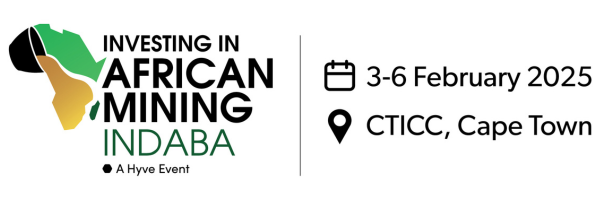



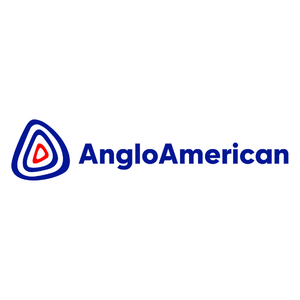
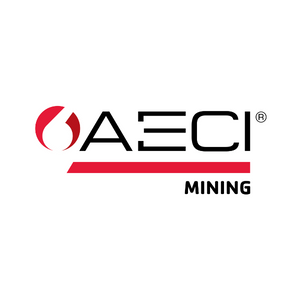


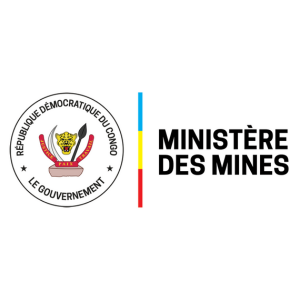

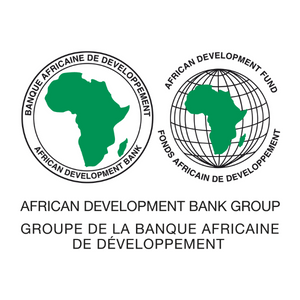
-min.png?ext=.png)

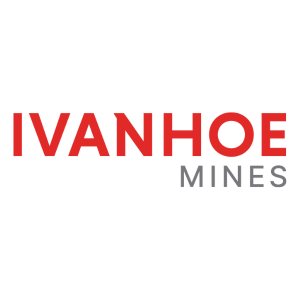
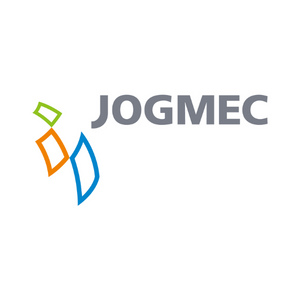

_1.png?ext=.png)




